Timothy Ryan
Co-PI (Core Leadership)
Cornell University
Tim is a Rockefeller/Sloan-Kettering/Cornell Tri-Institutional Professor in the department of Biochemistry at Weill Cornell Medicine. He did his undergraduate studies in Physics at McGill University in Montreal Canada, and completed his PhD in the laboratory of Watt Webb in the department of Physics at Cornell University in Ithaca NY. He switched into cellular & molecular neuroscience as a postdoctoral fellow in the lab of Stephen J Smith at Stanford university where he pioneered the use of quantitative optical methods to study synaptic vesicle recycling. He subsequently established his own independent lab at Weill Cornell Medicine in New York City where he continues to develop and deploy novel quantitative optical tools to unravel the molecular machinery of nerve terminals. In 2018 he became a visiting Senior Scholar at the Howard Hughes Medical Institute Janelia Research Campus where he collaborates with a number of groups.
Recent ASAP Preprints & Published Papers
Neuromodulator control of energy reserves in dopaminergic neurons
Triglycerides are an important fuel reserve for synapse function in the brain






